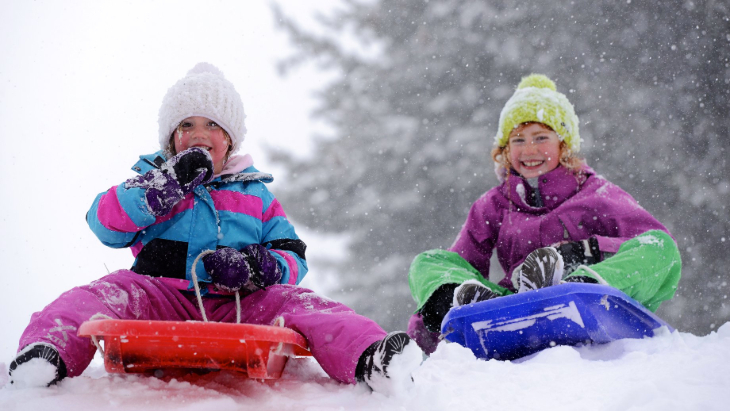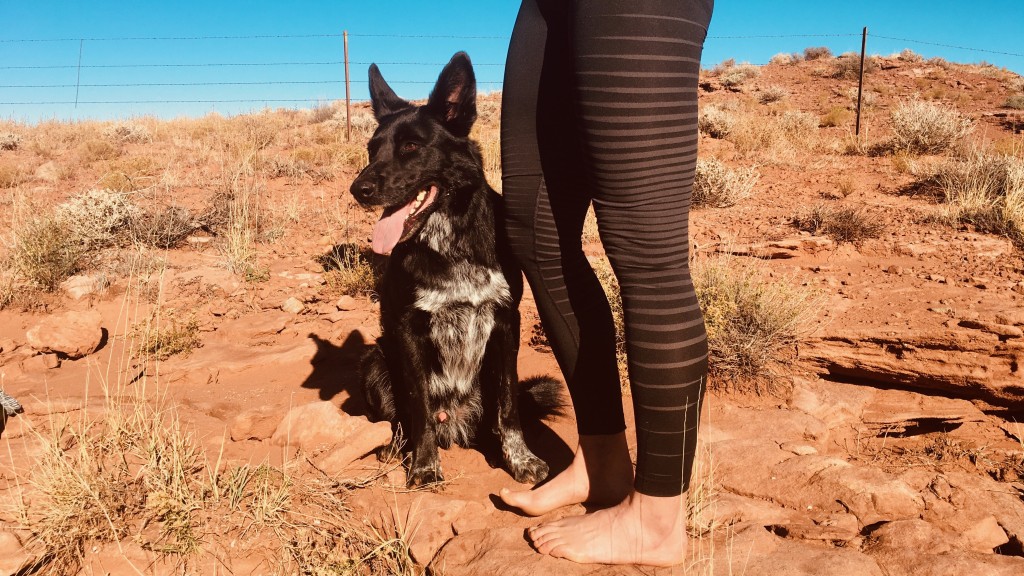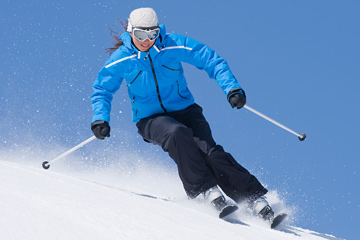
Cross-country skiing with no tracks is an excellent way to get outside and enjoy the snow without having to deal with groomed trails. It lets you ski on a pure winter trail, uncrowded and with breathtaking views of the landscape around you.
It's a great way to stretch your legs and improve your skiing skills. And it's an excellent choice for families and groups of friends looking for a relaxing day out in the snow.
The right gear will make it possible to enjoy the snow no matter how experienced or novice you are. Find classic cross-country skis or skate skis at your local Nordic center, as well as boots, bindings, poles and boots online.
You will need the right equipment for cross-country skiing off-trail depending on your skiing style.

If you're just getting started, you should begin with a pair of beginner-to-intermediate classic cross-country skis and an easy-to-use pair of cross-country ski poles. These will enable you to learn how to ski classic stance, shuffle, glide and build confidence before you purchase a more advanced package.
For more advanced cross country skiers, a pair of lightweight backcountry skis is recommended to tackle off-trail terrain. These generally have steel edges to help you carve turns on downhills, a sculpted waist and rockered tip to make turning easier, and are designed to work with touring, AT or telemark bindings.
An ideal set of cross-country skis for lightweight skiing should be broad enough to accommodate most people but not so narrow that it creates friction on icy conditions. They should also have a sidecut, or variation in width along the length of the ski, that can give you better edge control on steeper hills.
Your skis should have the same weight distributed on both sides. When your skis contact the snow, you will feel a slight 'cushy sensation' similar to what you experience when walking on hard ground.
You should also 'bounce' the skis slightly off the snow. This will allow you to 'bounce’ into the next turn rather than sliding down the snow and losing your momentum.

Once you've mastered these techniques, you can start to add other skills. To get more speed on a track you can snowplough or parallel skid, and then kick turn. You can also use step turns to avoid obstacles and tucking downhill.
Before you head out, always check the weather forecast. This will tell you if the trail is safe and what unexpected problems might occur that could cause injury to other skiers.
Forecasts can tell you whether there are any ice patches, blowouts, or other conditions that could make it dangerous to ski. This is especially true when it is cold. These conditions can increase your risk of hypothermia and could require you to leave the trail.
FAQ
How can I travel light and how do I get there?
There are many options when it comes to packing for a trip. Here are some tips to help you decide what to pack.
-
Only bring what you truly need.
-
Pack only what you'll actually wear.
-
Do not buy too many.
-
Make sure you have room in your suitcase.
-
Always double-check to make sure that everything is in your bag.
-
Make use of the free storage facilities
-
Reusable water bottles are better than bottled water.
-
Carry a backpack instead of using a suitcase.
-
If possible, take public transport and walk or cycle instead.
-
Pick the right size bag
-
Be careful not to carry large items.
-
Be ready for anything.
-
You can't leave any trace.
Which countries have the best cuisine?
The food available in each country is different. It's difficult to determine which countries offer the best food.
We can however tell you which countries offer the best food!
TripAdvisor users ranked these three countries as the top three:
-
Italy – For its outstanding food, TripAdvisor users voted Italy number one.
-
France – France was ranked second for its rich culture.
-
Spain – Spain came third due to its wonderful weather and beautiful beaches.
How much luggage should I take with me?
The length of your trip determines how much luggage you should take. Hand baggage is usually limited to 20 kg if you travel by plane. For a bus or train ride, however, you will require more space.
An airport form with information regarding your flight will be handed to you upon arrival. This form will ask for information such as your baggage weight and if you require assistance to check them in.
Before you leave for work, make sure to check it. If you don’t, you may end up sitting around waiting while everyone else goes through their bags.
It's best to travel light, as you never know when something might happen. It is possible to lose your bag and not have something to wear.
Statistics
- Pack sweaters, jackets, and underwear in reusable compression bags creating up to 75% more space in your luggage. (wikihow.com)
- That's an 18% jump from 2019, the previous record year. (travelandleisure.com)
- Case in point: the private island of Ilha Caldeira, less than seven miles off the coast as part of the Primeiras and Segundas Archipelago, is located within the marine-protected area with 20 percent of the country's intact living coral. (travelandleisure.com)
- They're also likely to offer babysitting services, in case you'd like to have dinner one night after 7 p.m. (travelandleisure.com)
- According to Maori legends, this park holds 14 fjords that were all carved by a giant stonemason with an adze. (busytourist.com)
External Links
How To
How to plan your next getaway
Booking flights, hotels, car rental, and activities are just a few of the many aspects involved in planning a trip. You must also consider your budget, destination, weather forecast, and other important factors.
These are important points to remember when planning your next vacation.
To ensure you get everything right, we have created a step-by-step guide to help you plan your next vacation. Based on customer feedback and our own experience, this guide was created. We hope that you will find the following guide useful in planning your next vacation.
Steps:
-
Plan your Budget. This is one of the most important steps to prepare for a trip. Before you begin planning for your trip, you need to know how much money it is you are willing and able to spend. If you don't have the money, your plans may be cancelled.
-
Book Flights - The first thing you should do after deciding on your budget is book your tickets. You should ensure that you get the best deal possible at the lowest price. Make sure to check for special offers during peak seasons. These deals could be a great way to save money.
-
Your Destination - Now that you've booked your plane ticket, it's time to choose where you want. Multiple factors play into the decision of where to go, climate (when you can visit), culture (how friendly they are) and cost (how expensive it is).
-
Find Accommodations - After choosing your destination, the next step would be finding accommodations. You have many accommodation options, from hostels and luxury suites to choose from. Your needs and preferences will determine the type of accommodation that you choose. A hotel is not the best choice if you want to be close to the city centre. However, homestays may be more suitable for you if your preference is quieter and away from crowds.
-
Select Activities & Attractions: Now that you have selected your accommodation, it is time to decide which activities and attractions to include in the itinerary. Depending on your length of stay, you may choose to add or remove activities.
-
Plan Your Trip - Once you have decided on the attractions and activities you want to include, you can now plan your itinerary. It is important to stick to a schedule in order for maximum enjoyment of your trip. If you have the freedom to roam as you please, your trip will be even more enjoyable.
-
Create itinerary – This allows you to organize all of the details for your trip. From flights to accommodation, activities to restaurants, you should write them down and create a list of things to remember.
-
Research Online – Before you go on your trip, make sure to research online. You can read reviews and testimonials about other destinations to get their opinions. This will allow you to plan your trip accordingly.
-
Don't Overpack - This is one of the most common mistakes people make when packing. Instead of bringing five sets of clothes, bring three. Consider bringing clothing that's appropriate for the region.
-
Be prepared. Be prepared before you set off on your trip. It's not a good idea to spend time looking for documents while you are still on the move.